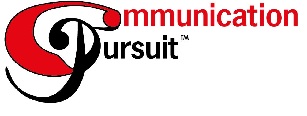What is plain language?

Have you heard of the terms ‘plain language’ or ‘plain English’? So, what is it?
The International Plain Language Federation (IPLF) defines plain language as:
“A communication is in plain language if its wording, structure, and design are so clear that the intended readers can easily:
- find what they need,
- understand what they find,
- and use that information.”
The term ‘plain language’ refers to the concept overall, and this concept can be applied to many languages such as plain English, plain Spanish, plain Italian.
The IPLF is helping their 3 member organisations (Clarity, PLAIN, and the Center) develop the international standard for plain language. A plain language standard provides all sectors, in nearly all languages, with a set of guidelines and strategies to make information more accessible and effective.
In support of this work, I’m thrilled to announce that I’m representing PLAIN and Australia as a member of the IPLF’s Certification Committee and am also a member of the Plain Language Committee with Standards Australia.
So far, I’ve given a technical definition of what plain language is, but what does it feel like? When I think about what we’re striving to achieve, and with my songwriting hat on, and inspired by the classic song ‘Sir Duke‘ by the legend Stevie Wonder, I’ve written some new lyrics to paint an aural picture. And these lyrics will be proof enough of why I love my day job. 🙂
Want to know what Plain Language is?
It’s a language we all understand
With an equal opportunity
For all to read it once and understand
Just because a doc has smaller words
Don’t make it PL approved
But you can tell right away from letter A
When the people see the proof
They can feel it all over
If they want to continue to read
And read it til it’s over
And they can move on, happily, yeah!
Roslyn Abela
